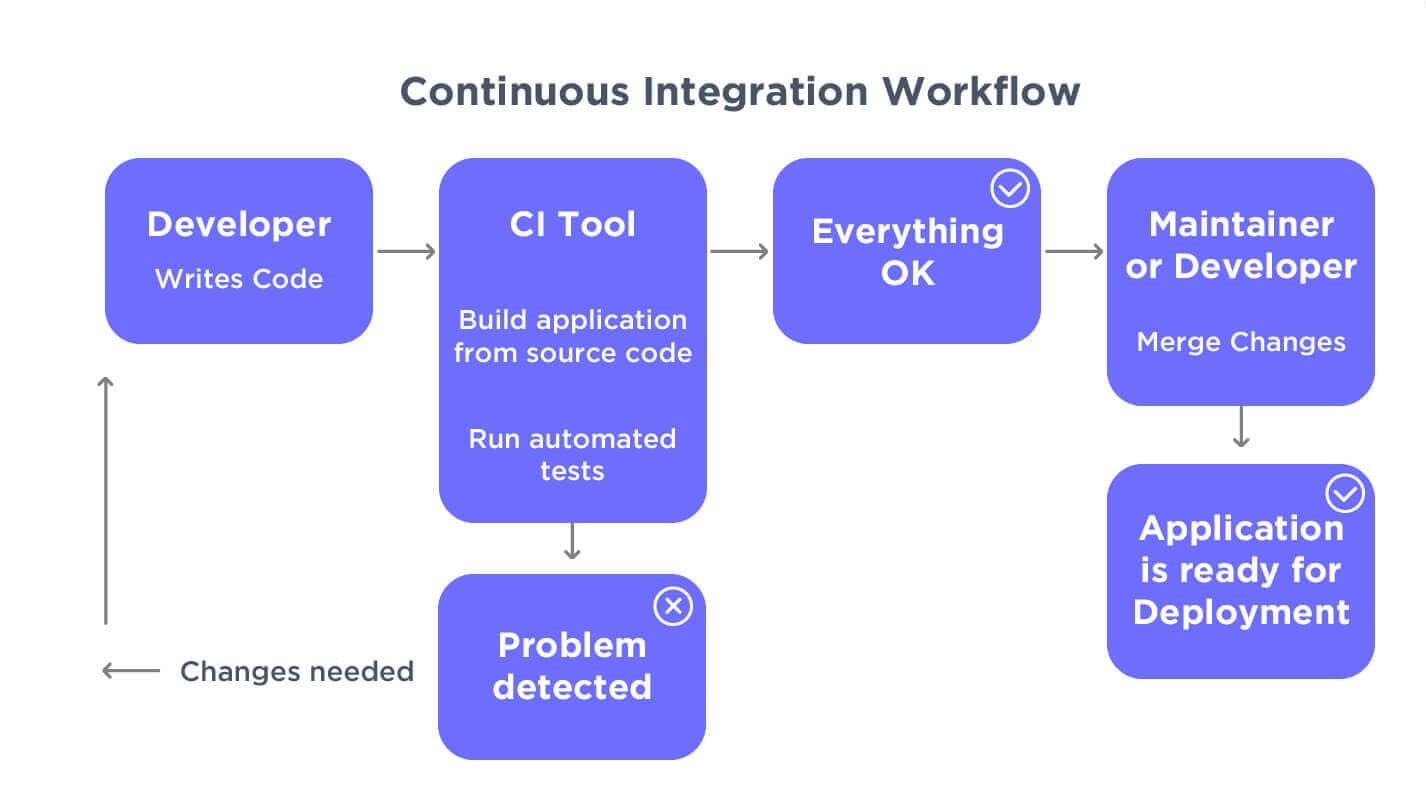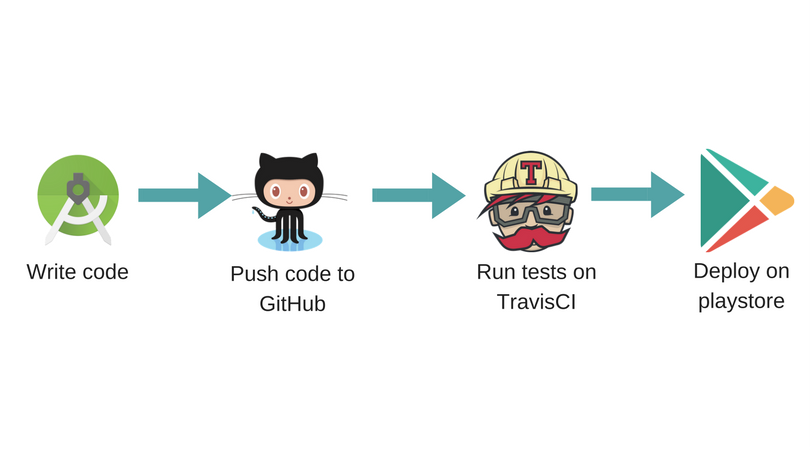Continuous Integration

- CI is a development practice that requires developer to integrate code into a shared repository, multiple times.
- Each code push is then verified by a automated build system, allowing team to detect problem early.
By integrating regularly, we can detect error quickly and locate them more easily. - Continuous integration is cheap, not integrating continuously is expensive.
- If we don't follow a continuous approach, you will have a longer periods between integration.
This makes it exponentially more difficult to find and fix problems, such integration problems can easily knock a project of schedule or cause it to fail altogether.


Making continuous integration works, we need:
- Source code repository
- A check-in process
- An automated build process
- A willingness to work incrementally.
Advantages of CI
- Increase visibility, enabling better communication.
- Catch issue early, spend less time debugging and more time in adding feature.
- Build a solid foundation.
- Stop waiting to find out if your code's going to work.
- Reduce integration problems.
- Reduce the risk of bugs.
- It supplements the checks like:
- Automated code quality tests.
- Check test cases.
- Syntax style review tools
- Lints and formats Codebase
Martin Fowler CI
 According to Martin Fowler, CI is composed of 10 key practices:
According to Martin Fowler, CI is composed of 10 key practices:
- Maintain a single source repository.
- Automate the build.
- Make your build self testing.
- Everyone commits to the mainline every day.
- Every commit should build the main line on an integration machine.
- Keep the build fast.
- Test in a clone of the source in production environment.
- Make it easy for anyone to get the latest executable.
- Everyone can see what is happening.
- Automate deployment.
Example : Travis
- Travis CI is a CI platform that automates the process of software testing and deployment of applications. It’s built as a platform that integrates with your GitHub projects so that you can start testing your code on the fly.
- With customers like Facebook, Mozilla, Twitter, Heroku, and others, it’s one of the leading continuous integration tools on the market.

Key Features
- Free for public open source projects on GitHub
- As simple as signing up, adding a project, and you can begin testing
- Bilingual support so your code runs smooth across all versions
- Automated pull request verification
- Works with Email, Slack, HipChat and others for easy notifications
- Extended API and CMD tools for custom management
- Cost: Free for open repositories, Enterprise for private